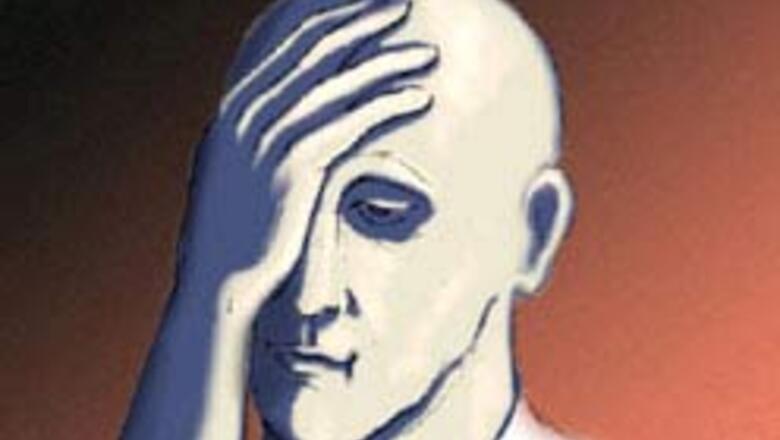
views
Singapore: It is time for India to sit up and take note: One of the side-effects of economic prosperity may be the increased risk of common strokes.
At least that's what researchers from China have concluded after an extensive study, the findings of which have been reported in the latest issue of the journal Stroke.
The study found that the rate of blood clot caused (ischemic) strokes in China increased by almost nine per cent per year between 1984 and 2004.
But it also found that, despite an overall increase in the stroke rate, the risk of dying from a stroke decreased.
The changes in the stroke rate and stroke mortality occurred during a time of rapid economic growth in China that greatly changed people's lifestyles and healthcare, said Dong Zhao, co-author of the study.
"The changes in patterns of stroke have raised new challenges and the need to adjust priorities to prevent stroke in China," said Zhao of Capital Medical University, Beijing.
The challenges include better control of stroke-risk factors, such as high blood pressure, high cholesterol, diabetes and obesity. Because fewer people are dying of stroke, the need to prevent recurrent strokes in survivors is growing.
Previous research suggested an association between poverty and certain stroke characteristics: more bleeding strokes, stroke onset at younger ages, more fatal strokes and more deaths from stroke than from heart disease.
Previous studies provided pieces of evidence about stroke rates, stroke-related deaths and trends in stroke in a country or region.
Researchers analysed data in Beijing from 1984 to 2004. The analysis adjusted for aging population increases in the city during this period. The analysis revealed 14,585 strokes in people 25 to 74 years old.



















Comments
0 comment